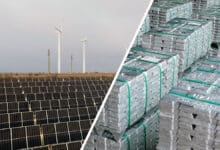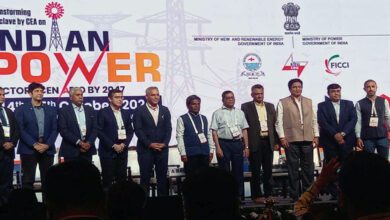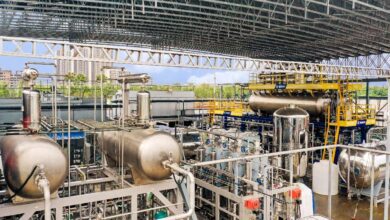In a significant development towards harnessing clean energy, the Government of India has released the findings of a comprehensive reassessment study on the hydropower potential in the country. According to the study conducted by the Central Electricity Authority (CEA) between 2017 and 2023, India’s major and medium hydropower schemes boast an assessed potential of approximately 133.4 GW. This substantial capacity has the potential to transform the nation’s energy landscape and significantly contribute to the global push for sustainable power solutions.
The study, conducted by a committee comprising members from various esteemed organizations, including the Central Water Commission (CWC), Geological Survey of India (GSI), Survey of India (SoI), National Remote Sensing Agency (NRSA), and the Ministry of Environment, Forest & Climate Change (MoEF&CC), aimed to reassess the basin-wise hydroelectric potential in the country.
Regional Distribution of Hydropower Potential:
Northern Region: The Northern region displayed promising hydropower potential, with Jammu & Kashmir leading the pack at 12,265 MW. Himachal Pradesh and Uttarakhand also emerged as significant contributors with 18,305 MW and 13,481 MW, respectively.
Western Region: In the Western region, Madhya Pradesh and Maharashtra showed promising potential with 2,819 MW and 3,144 MW, respectively.
Southern Region: The Southern region indicated encouraging prospects, with Karnataka leading the region with 4,414 MW of hydropower potential, followed by Andhra Pradesh with 2,596 MW.
Eastern Region: Sikkim emerged as the major player in the Eastern region with a staggering potential of 6,051 MW, followed by Odisha with 2,825 MW.
North Eastern Region: Arunachal Pradesh, a state known for its vast natural resources, showcased a remarkable potential of 50,394 MW, highlighting its significance in India’s clean energy roadmap.
The reassessment study reaffirmed that hydropower projects continue to be a vital component of India’s renewable energy sector. However, the concentration of these projects in hilly terrains poses unique challenges, mainly due to the vulnerability to natural calamities such as floods. Temporary structures, including coffer dams and protection walls, have been occasionally affected by floods, causing delays in project completion.
Furthermore, the transportation of materials to project sites becomes arduous during flood events when roads and bridges may get damaged. Such delays have a direct impact on project commissioning schedules, prompting authorities to take additional precautions and adopt innovative engineering solutions.













